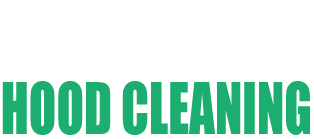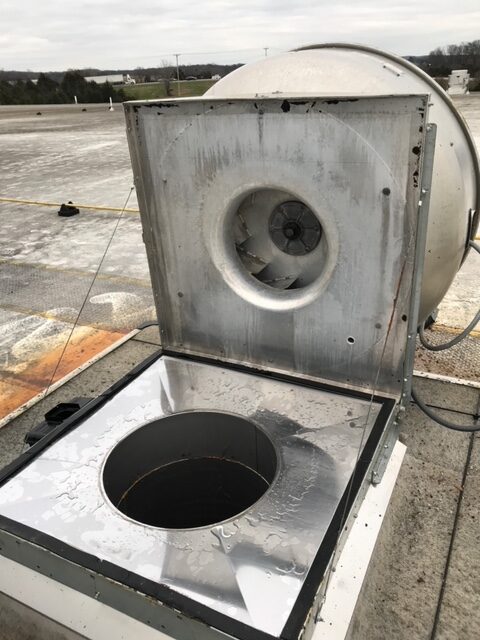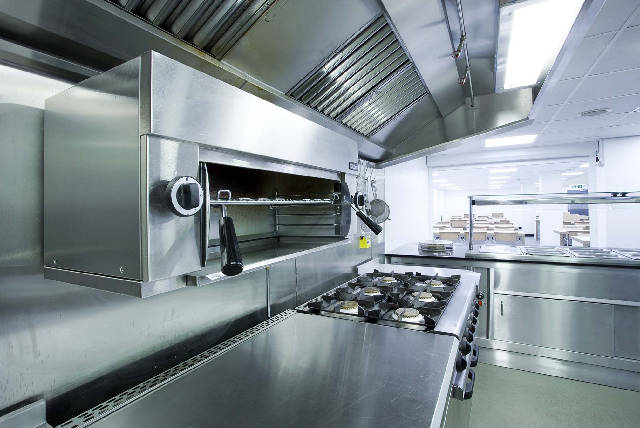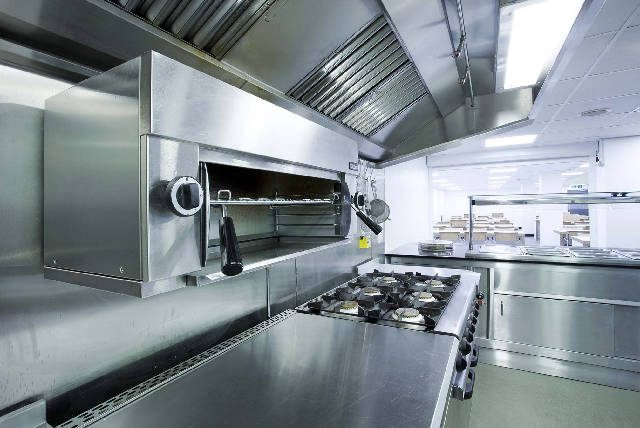The Ultimate Guide to Ensuring a Clean and Safe Kitchen: Step-by-Step Maintenance for Exhaust Systems in San Jose Restaurants
Welcome to our comprehensive guide on maintaining a clean and safe kitchen exhaust system in San Jose restaurants! As experts in kitchen hygiene and exhaust system maintenance, we recognize the significance of maintaining an environment conducive to health for both staff and patrons of your restaurant. In this guide, we offer step-by-step instructions that will assist in keeping up with current sanitation standards while still meeting fire risks, energy costs reduction, and creating a more enjoyable dining experience for patrons.
Understanding the Importance of a Clean Exhaust System
A kitchen exhaust system plays an integral part in maintaining a hygienic and safe restaurant environment, by extracting smoke, grease and odor from cooking areas to prevent them from accumulating on surfaces and posing health risks. Furthermore, its proper functioning reduces fire risks as it stops buildups of flammable substances which reduce risk. Regular maintenance ensures optimal performance, extends its lifespan and ensures compliance with local health and safety regulations. Step-by-Step Maintenance Guide
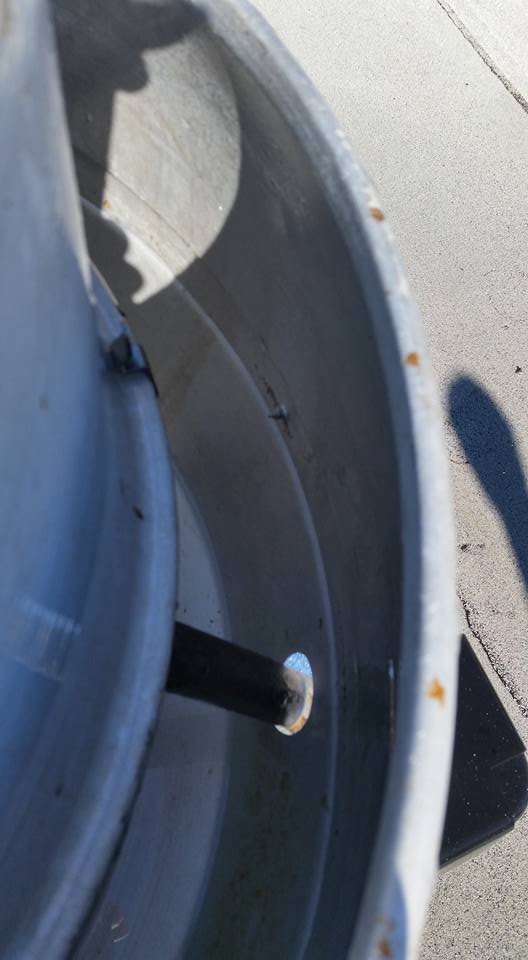
1. Inspection and Cleaning Schedule
Develop a detailed inspection and cleaning schedule for your kitchen hood cleaning, designating one team member to oversee this task on an ongoing basis. Creating a checklist encompassing hoods, filters, ducts and fans helps identify any potential issues early so they can be addressed before becoming major issues.
2. Cleaning the Hood and Filters
To begin with, it is necessary to clean both your hood and filters as they serve as the first line of defense against grease and smoke buildup. Start by taking apart both pieces before immersing both in degreasing solution to loosen any grime that has built up over time. Next, thoroughly scrub down both using non-abrasive cleaner, paying special attention to corners or hard-to-reach areas of the hood or filter. Rinse both and allow them to dry before reassembling them back together again!
3. Clearing the Ductwork
Ductwork is an integral component of an exhaust system, and should be regularly cleared using a brush and vacuum to maintain proper airflow. Use specialized tools such as brushes or vacuums with filters for this step to eliminate debris buildup from within its channels and ensure all areas of ductwork remain accessible and clear for safe operation and minimize fire risks. Neglecting this step could reduce system efficiency or even lead to decreased fire hazards if left neglected.
4. Fan Maintenance
To make sure your fan is functioning optimally, periodically inspect its blades for dirt or debris before cleaning them as necessary. Lubricate its motor bearings regularly to reduce friction and ensure smooth operation. If any unusual noises or vibrations emanate from its use, that could indicate professional assistance is required immediately.
5. Fire Suppression System Testing
Its It is equally essential to regularly test the fire suppression system as part of an overall maintenance regimen for kitchen fire prevention and extinguishment. Be sure to adhere to manufacturer specifications when testing and inspecting this component, keeping detailed records of maintenance activities completed and their results.
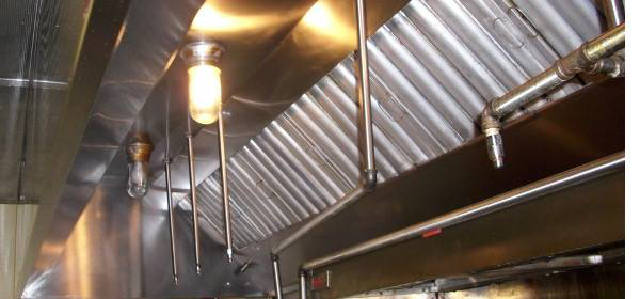
6. Professional Inspection and Cleaning
Maintaining regular maintenance is vital, but professional inspection and cleaning services should also be regularly utilized. Qualified technicians possess the expertise and equipment to thoroughly examine your exhaust system for compliance with local regulations as well as identify any potential issues or improvements for system enhancements that might not have been noticed during routine maintenance sessions.
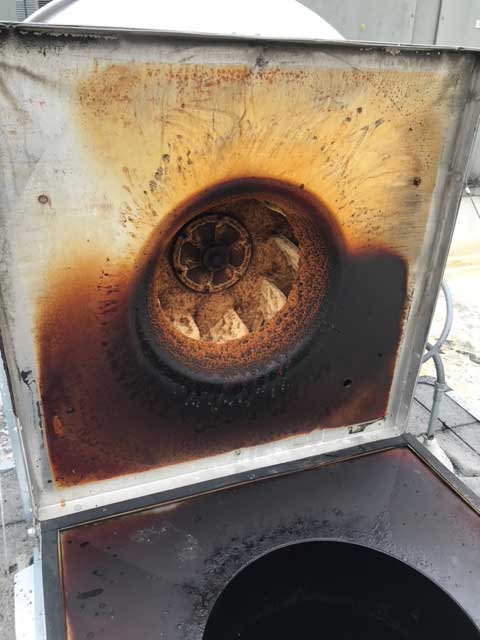
By following this step-by-step maintenance guide, your San Jose restaurant can ensure a safe and clean kitchen environment. An effectively maintained exhaust system not only increases air quality and lowers fire hazards but also contributes to overall efficiency in the kitchen. Regular inspection, cleaning, and professional maintenance will help your San Jose restaurant achieve maximum performance as well as compliance with health and safety standards.
